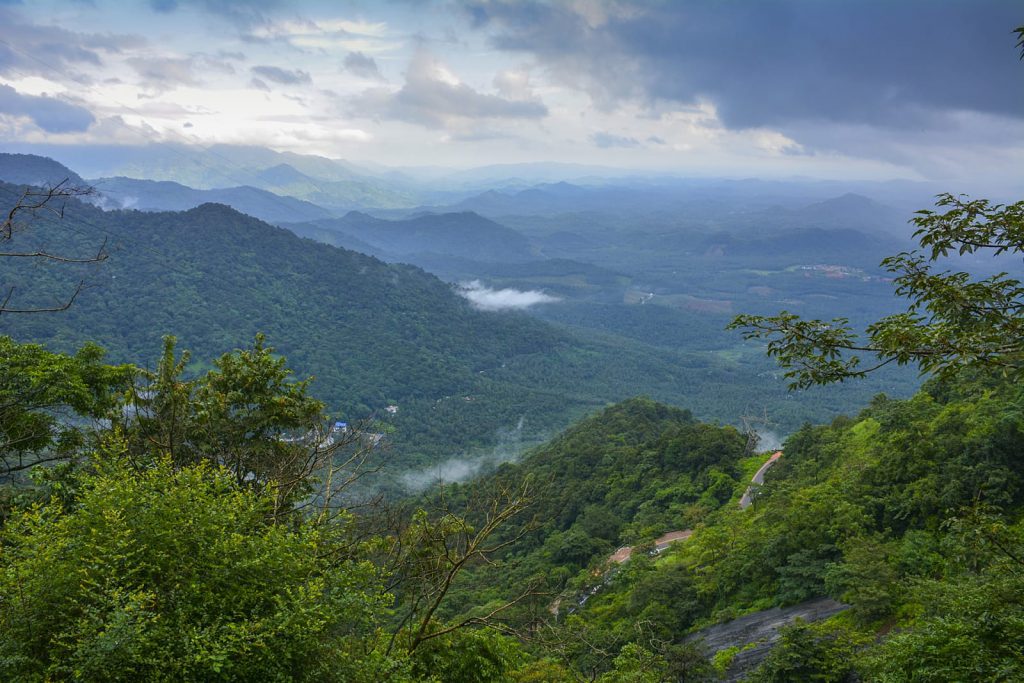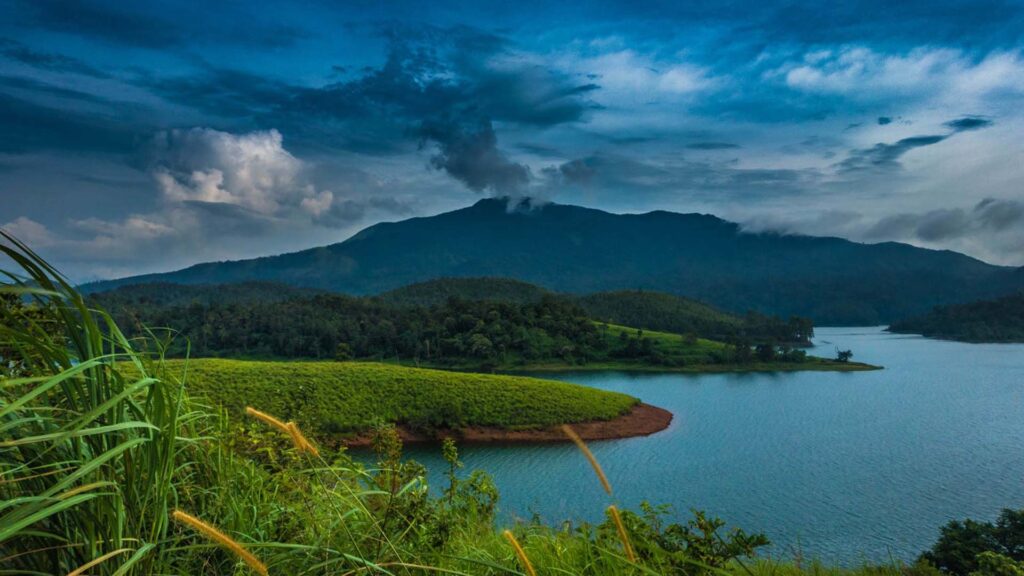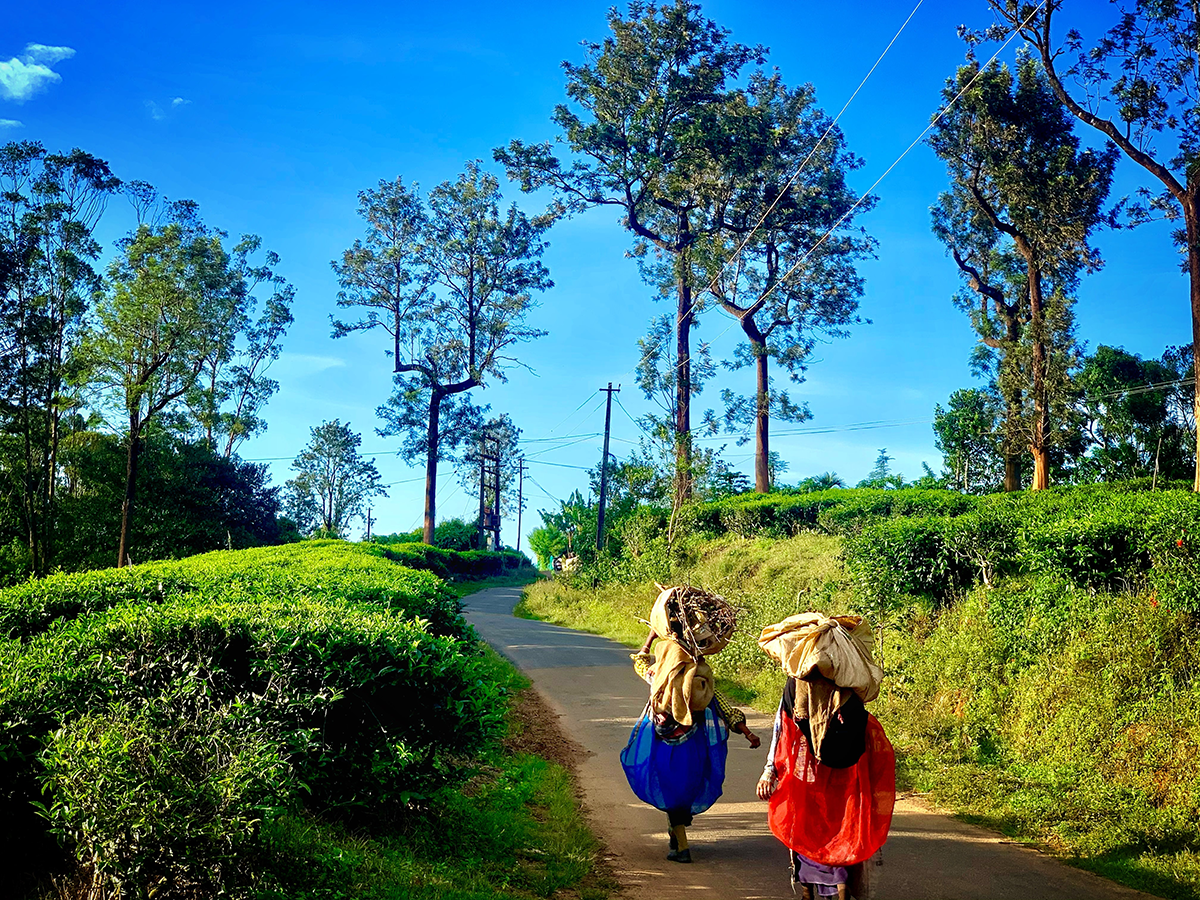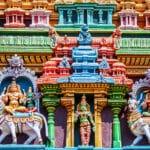Exploring Wayanad’s Tribal Culture: A Journey to the Heart of Kerala
Located in the northern region of the Indian state of Kerala, Wayanad is home to a vibrant tribal culture that dates back centuries. From unique customs and traditions to beautiful handicrafts, a journey into Wayanad’s tribal culture offers an enriching and immersive experience that will leave a lasting impression.
The region is home to several indigenous tribes, including the Paniyas, Kurumbas, and Adiyans, who have lived in the area for centuries and have their own distinct culture, customs, and way of life. Visitors to Wayanad can learn about these fascinating tribes by visiting their settlements, participating in cultural activities, and learning about their traditional handicrafts.
One of the best ways to explore Wayanad’s tribal culture is by visiting its villages, which offer a glimpse into the daily life of the tribes. Many of these villages are located in the hills and forests of the region and can only be reached by foot or jeep. Here, visitors can witness the tribes’ unique customs and traditions, including their unique dress, food, and festivals.
The Paniya tribe, for example, is known for their elaborate dance forms, which are an important part of their cultural heritage. Visitors can witness these dances at their settlements and learn about the stories and legends behind them. The Kurumbas, on the other hand, are skilled in making traditional handicrafts such as baskets, mats, and pottery. Visitors can watch them at work and even purchase some of their beautiful handicrafts as souvenirs.
Wayanad is also home to several museums and cultural centers that provide insights into the region’s tribal culture. The Wayanad Heritage Museum, for instance, is an excellent place to learn about the history and culture of the region’s indigenous tribes. The museum houses a collection of tribal artifacts, including weapons, jewelry, clothing, and displays of the tribes’ traditional farming techniques.
Another important aspect of Wayanad’s tribal culture is its cuisine. The tribes have their unique culinary traditions, which are centered around the use of locally grown herbs and spices. Visitors can sample these delicious dishes at the many tribal homestays in the region, where they can also learn about the tribes’ traditional cooking methods.

Wayanad is also known for its eco-tourism initiatives to promote sustainable tourism and provide economic opportunities for the region’s indigenous tribes. Visitors can participate in several eco-tourism activities, including trekking, camping, and wildlife safaris. These activities provide a unique opportunity to experience the region’s natural beauty while supporting the local communities. One of the most popular eco-tourism initiatives in Wayanad is the Tribal Heritage Tour, which takes visitors on a journey through the region’s tribal settlements and introduces them to the tribes’ unique way of life. The tour is led by members of the tribes themselves, who share their stories, traditions, and culture with the visitors.
In addition to the tribal villages and eco-tourism activities, Wayanad is home to several important historical sites linked to its tribal culture. The Edakkal Caves, for instance, is a series of ancient rock shelters believed to have been inhabited by the tribe thousands of years ago. Visitors can explore the caves and witness the beautiful rock art that adorns its walls.
The Thirunelli Temple is another important historical site linked to Wayanad’s tribal culture. Located in the Brahmagiri Hills, the temple, is believed to have been built by Lord Brahma and is an important pilgrimage site for Hindus. Lush green forests surround the temple and are an excellent place to witness the region’s natural beauty and spiritual traditions.
Visiting the region’s tribal villages provides a glimpse into the daily life and customs of the tribes, while the museums and cultural centers offer insights into the region’s history and culture. Participating in eco-tourism activities not only supports the local communities but also provides a unique opportunity to experience the region’s natural beauty.

Wayanad’s historical sites, such as the Edakkal Caves and the Thirunelli Temple are important places to visit, as they offer a glimpse into the region’s past and its link to its tribal culture. Overall, a journey into Wayanad’s tribal culture is an enriching and an unforgettable experience that is not to be missed.
It is important to note that when visiting tribal villages or participating in eco-tourism activities, visitors should always respect the customs and traditions of the tribes and be mindful of their impact on the local environment. By doing so, visitors can help promote sustainable tourism and support the preservation of Wayanad’s unique tribal culture for future generations to come.
In conclusion, Exploring Wayanad’s tribal culture is a journey to the heart of Kerala, offering visitors a unique and an immersive experience that is sure to leave a lasting impression. From visiting tribal villages and participating in eco-tourism activities to learn about the region’s history and cultural traditions, there is much to discover and explore. By respecting the customs and traditions of the tribes and supporting sustainable tourism, visitors can help preserve and promote Wayanad’s rich cultural heritage for future generations to enjoy.









